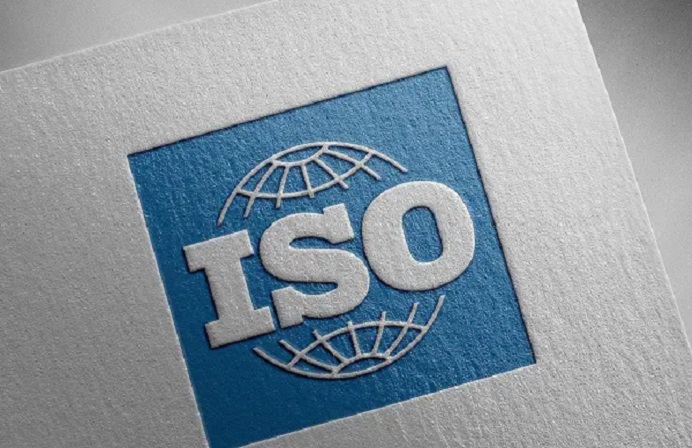
Australia’s High Value Clearing System (HVCS) has successfully adopted ISO 20022 – the latest international financial transaction messaging standard – after a four-year migration program led by payments regulator and lead coordinator, AusPayNet.
ISO 20022 promises to “carry richer, more enhanced and structured data” for payments transactors, AusPayNet said, leading to “significant improvements to process-automation, interoperability and corporate customer experience in Australian payments”.
“Among other benefits, the new messaging standard will allow more structured remittance information and identification of parties in the payments chain, aiding know-your-customer, anti-money laundering and counter-terrorism financing efforts, and sanctions-screening,” the regulator added.
ISO 20022, which serves as a common language for electronic data interchange between financial institutions, promises adoptees faster processing and improved reconciliation of payments.
The HVCS system, primarily used by business transactors, exclusively manages the exchange and settlement of high-value payments in real-time. Each payment is settled individually using the Reserve Bank Information and Transfer System (RITS).
Though only consisting of around 38,000 transactions per day, the total value of these payments exceeds $122 billion, with an average value of close to $3.2 million per transaction, according to AusPayNet.
The “once in a generation” migration to the ISO20022 standard marks “one of the most significant transformations of the payments system in recent times”, AusPayNet said, impacting nearly 50 banks operating in Australia and potentially thousands of systems.
AusPayNet chief executive, Andy White, added that “the migration has been the largest and most complex program of work AusPayNet has undertaken to date in-house, demonstrating the organisation’s capability to undertake similar scale initiatives for the payments industry in future.”
“A small, dedicated and highly skilled team within AusPayNet has worked tirelessly for more than three years to get us to this point. Alongside our 50 HVCS participants, the team should be congratulated on delivering such a complex program of work,” White said.
While the fast payments rail New Payments Platform (NPP), launched in 2018, was natively built using ISO20022, HVCS was still making use of the longstanding ‘Message Text’ (MT) standard. MT is part of SWIFT’s ISO 15022 standard, first rolled out in 1995.
Following the adoption of ISO 20022, HVCS will go through a two-year period of coexistence with the existing MT standard. AusPayNet noted that complete migration to the new standard will be achieved by the end of 2024.
Pat Antonacci, chief customer experience officer, Swift, which serves as the registration authority for the ISO standard, said: “Financial institutions and infrastructures around the world have embraced ISO 20022 for its potential to unlock significant new opportunities in both payments processing and service innovation.
“AusPayNet’s successful migration puts Australia at the forefront of realising those possibilities.”
RBA head of payments settlements, Greg Johnston, stressed the strategic significance of the migration for Australia’s payments system and global payments community, “creating the platform to meet the future needs of the payments ecosystem”.





